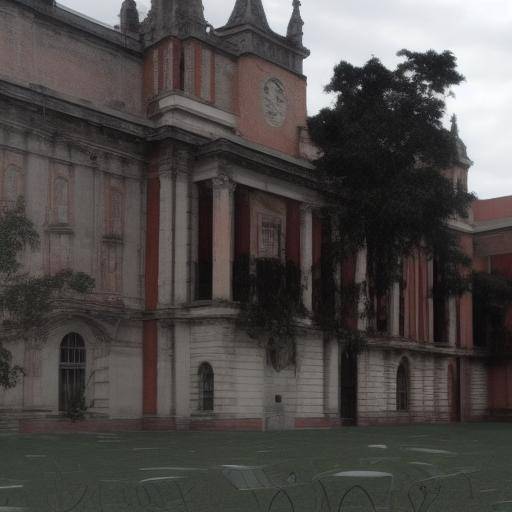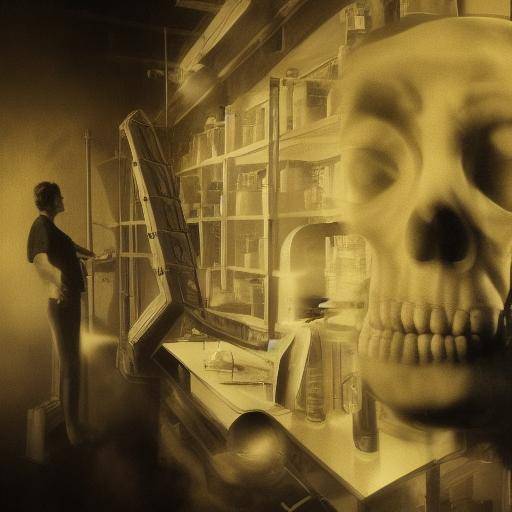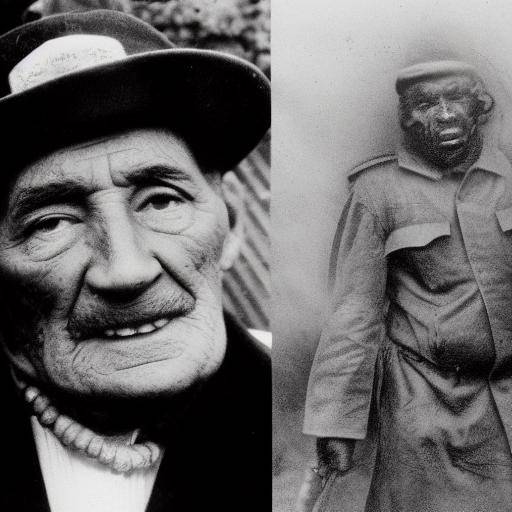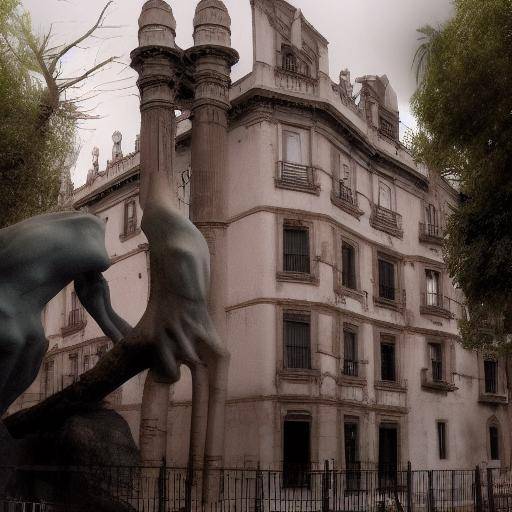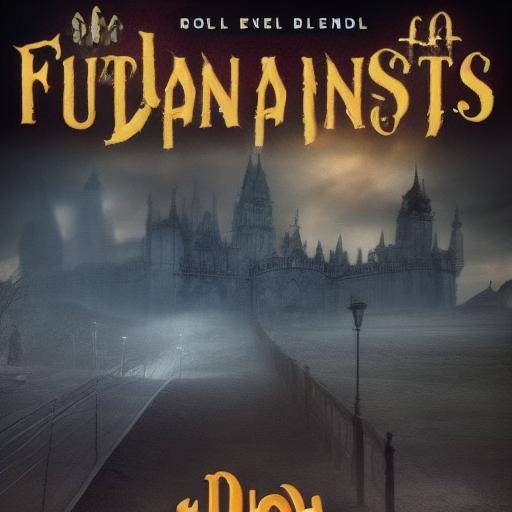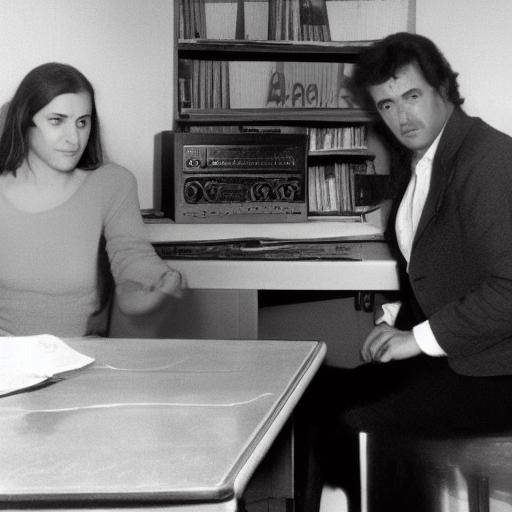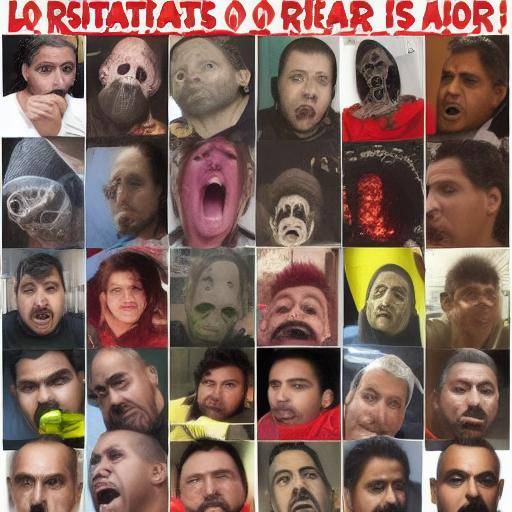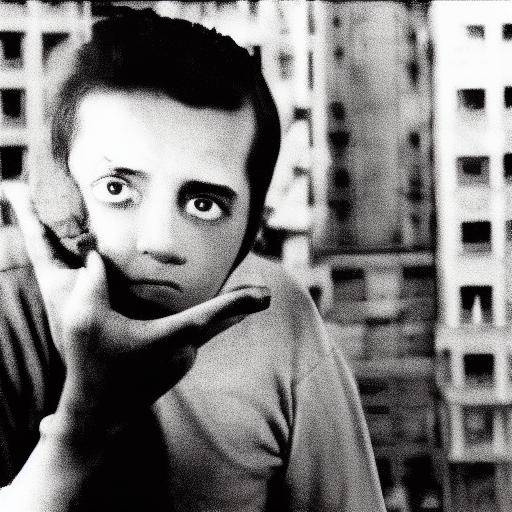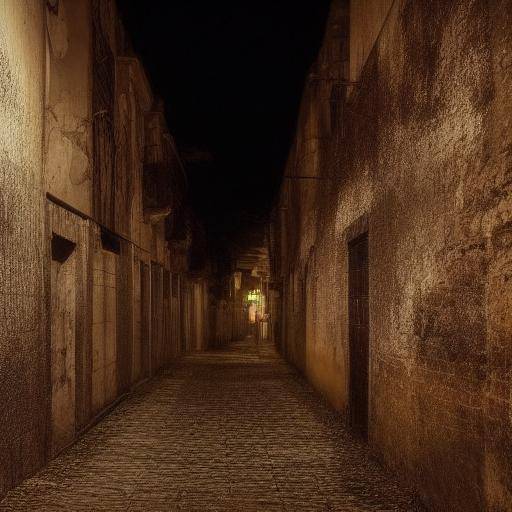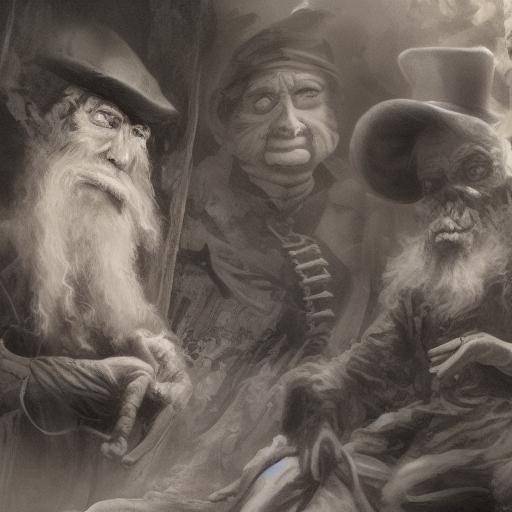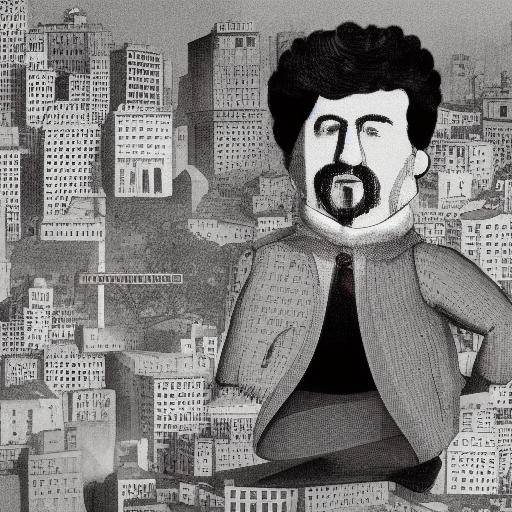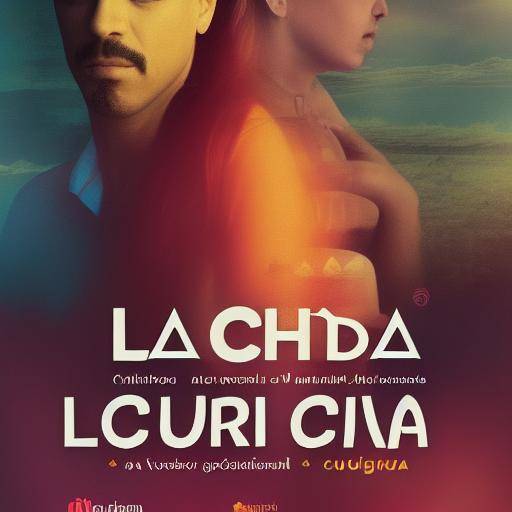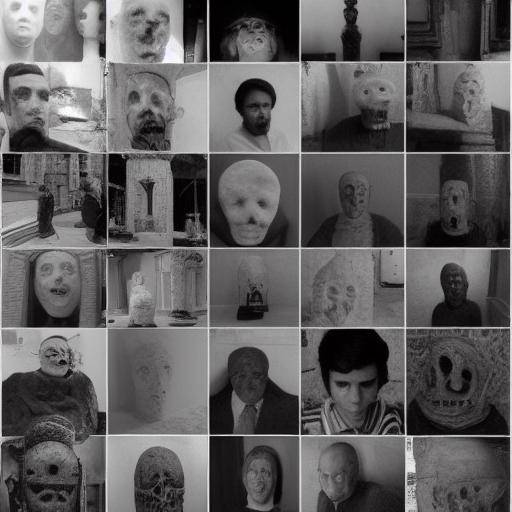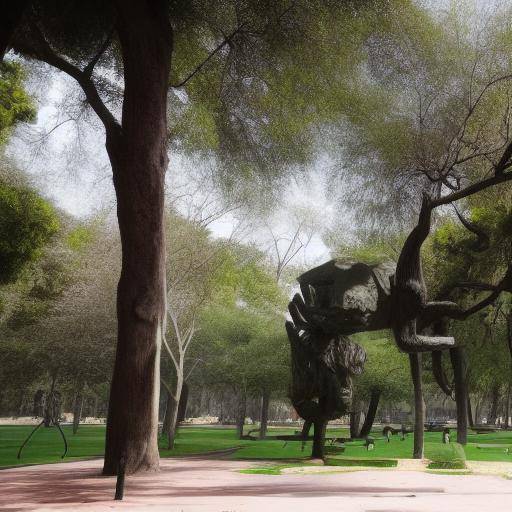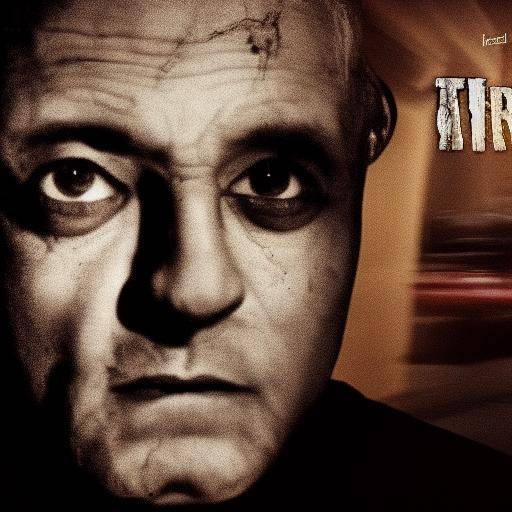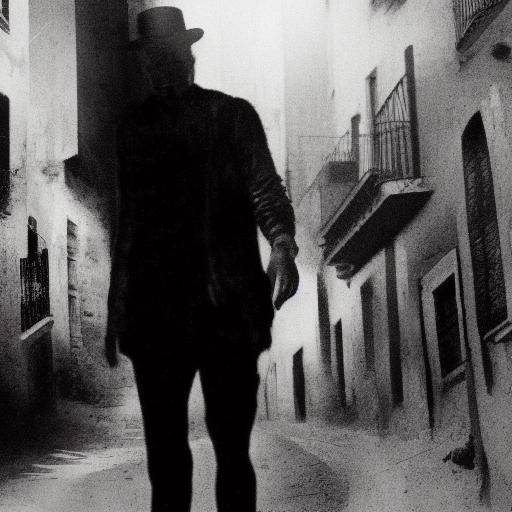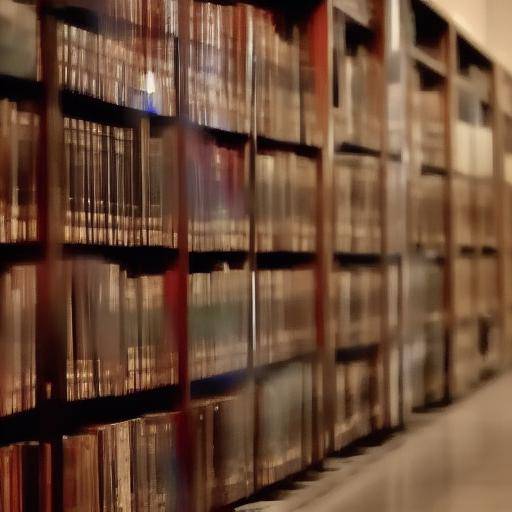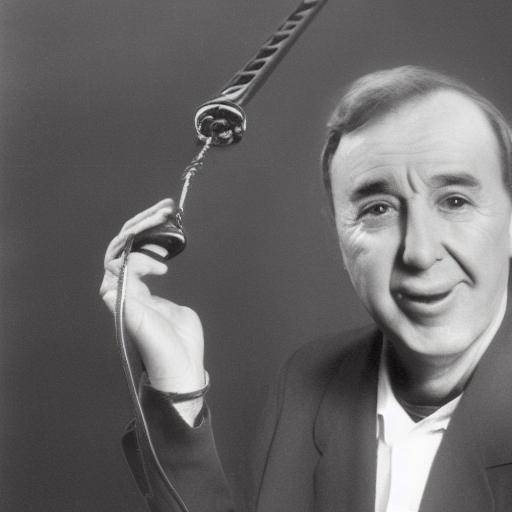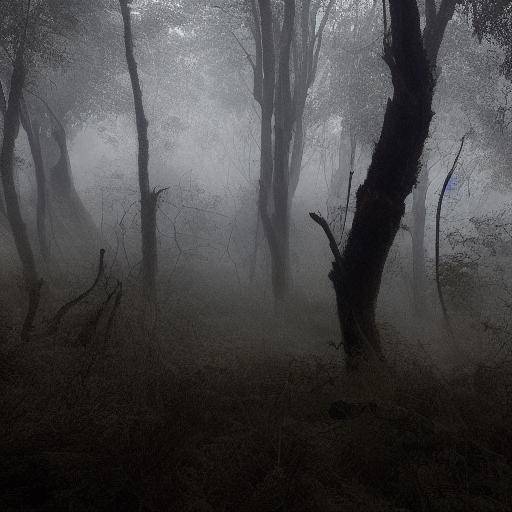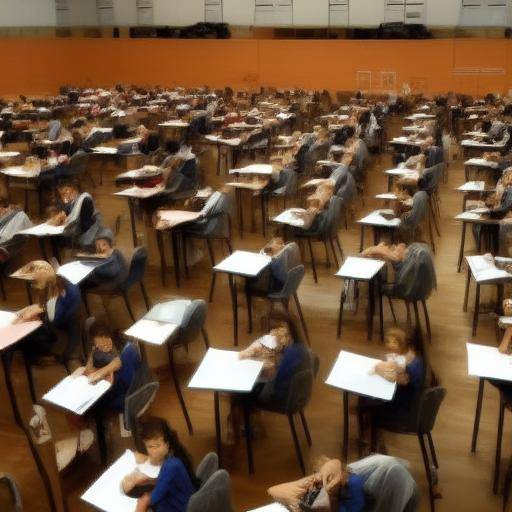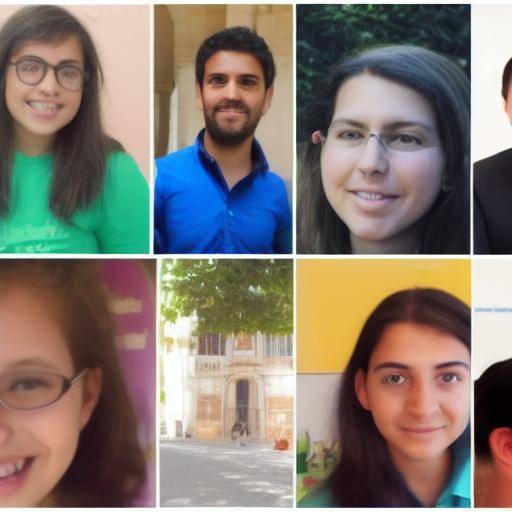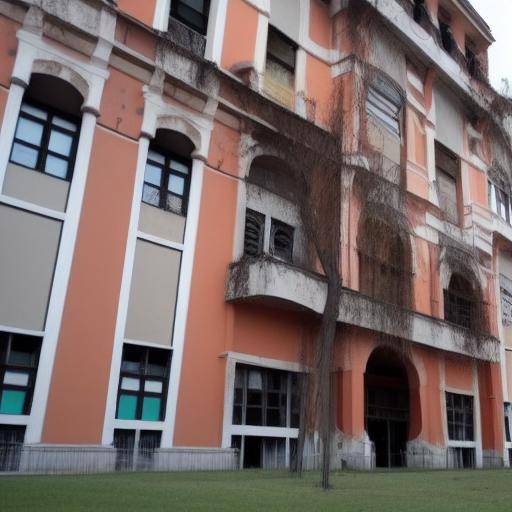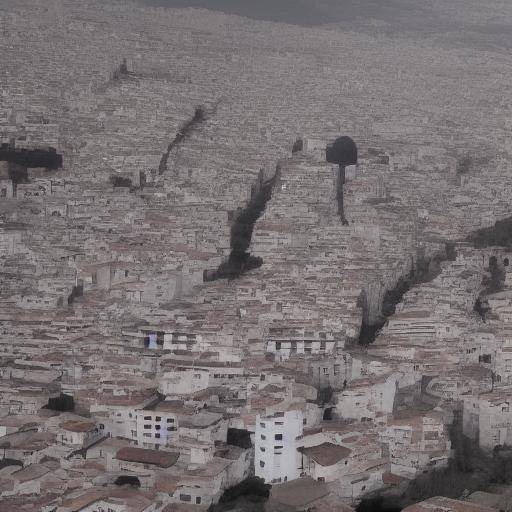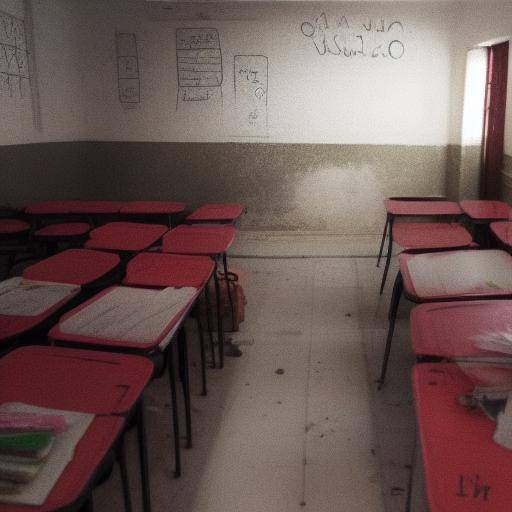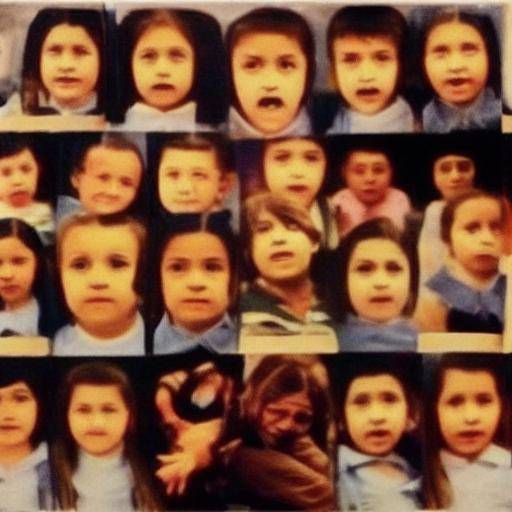
Today, we will enter a mysterious and chilling world, full of horror stories that have tormented generations in the school environment. Urban legends about paranormal phenomena, ghost appearances and inexplicable events have been passed from mouth to mouth, weaving a halo of mystery in schools around the world. From chilling events to disturbing stories, the horror stories in schools have generated fascination and concern over time.
In this detailed exploration, we will discover the fascinating history behind these legends, analyze disconcerting stories and explore the relationship between the educational environment and the supernatural. We will also get perspectives from experts and unravel the cultural impact of these disturbing narratives. Get ready to immerse yourself in the chilling world of horror stories in schools!
Stories of Terror: Origins and Evolution
The horror stories in schools have ancient roots that go back to ancient times. From European legends about ghost monks to stories of mysterious disappearances in boarding schools, these narratives have evolved over the centuries, adapting to new cultures and social realities. As the oral tradition advanced, horror stories became a crucial element of school folklore, transmitting from generation to generation and gaining life in the imagination of students.
Among the most outstanding milestones in the evolution of these stories is the rise of Gothic literature in the 18th century, which influenced the creation of macabre and chilling stories that soon joined the schools. The horror stories became even more popular with the emergence of cinema and television, leading to a proliferation of urban legends that incorporated contemporary elements, such as vengeful spirits and inexplicable phenomena in school environments.
emblematic cases and disturbing accounts
Throughout history, emblematic cases of so-called paranormal events in schools have captured the attention of the public and fed the legend of the supernatural. From terrifying appearances to strange poltergeist manifestations, the horror stories in schools have been the subject of debate and speculation in many educational communities.
One of the most famous cases is that of the "School of Winchester", where there were reported sightings of a ghostly girl who wandered through the corridors in search of justice for her tragic death. This story, linked to an old incident at school, has persisted over the years, generating uncertainty and captivating students and teachers alike.
Another case worth mentioning is that of a series of unexplained sightings in a former 19th century internship. Testimonies of students and exalumnos have described terrifying encounters with spectral presences, awakening an intense debate on the authenticity of these accounts and their impact on the school community.
These and other disturbing accounts have left an indelible mark on the collective psyche, questioning the limits between reality and imagination in the educational context.
In-depth analysis: Perspectives and challenges
The phenomenon of horror stories in schools poses a series of perspectives and challenges that deserve attention. What drives the persistence of these urban legends in educational settings? How do they influence school culture and the perception of the supernatural? These questions invite us to enter into a deeper analysis to understand the complexity of these chilling narratives.
The influence of the horror stories on the psyche of the students has been the subject of debate in the academic realm, as the Interaction between imagination and reality arises. Some argue that these stories contribute to the enrichment of school folklore, fostering creativity and the sense of community among students. On the other hand, there are concerns about the negative impact that these narratives may have on the emotional well-being of students, generating anxiety or unjustified fear.
In addition, the emergence of school-related horror stories poses challenges in school management, as managers must address the concerns of the educational community with potential paranormal events. The need to preserve a safe and welcoming school environment clashes with the persistent influence of these legends, which motivates the authorities to seek strategies to address these issues in a sensitive and effective manner.
Comprehensive review: Applications and best practices
In the context of horror stories in schools, there is a need to identify best practices to manage and understand this phenomenon. The promotion of an open and reflective dialogue on these narratives can help mitigate its negative impact and encourage a more critical understanding of the supernatural in the school environment.
The incorporation of folkloric elements into the educational curriculum, in particular the study of local legends and myths, can enrich the educational experience by providing a framework for exploring and understanding horror stories from a cultural and historical perspective. This approach can promote the appreciation of folklore as an expression of collective identity and encourage critical thinking around the inexplicable.
Comparative analysis: Stories of terror, urban legends and schools
Exploring the intersection between horror stories, urban legends and the school arena reveals paralysms and fascinating contrasts. Urban legends, like horror stories, challenge the borders between reality and fiction, providing a lens through which the fears and aspirations present in society can be explored. In the school environment, these narratives acquire a unique dimension, serving as a vehicle for transmitting values, collective fears and traditions.
Practical advice and useful information
If you are immersed in the fascinating world of horror stories in schools, we share some practical advice to understand and appreciate this phenomenon in a conscious way:
- Learn the story behind the legends: Investigate and immerse yourself in school history to understand the context and origins of horror stories.
- It promotes reflective debate: It promotes an enabling environment to address these narratives from a critical and cultural perspective, stimulating the exchange of views and experiences.
- It supports critical thinking: Incentives rational analysis and reflection on the paranormal, encouraging a critical attitude to horror stories.
- It promotes inclusion: It promotes the diversity of perspectives and experiences, recognizing the cultural wealth of horror stories in schools.
Industry perspectives and expert opinions
The impact of the horror stories in schools is not unnoticed for experts in education, psychology and folklore, who offer valuable insights on this enigmatic phenomenon. Some experts suggest that these narratives can be a reflection of the collective anxieties of society, manifesting fears and traumas through symbolic accounts.
The views of the experts invite us to reflect on the relationship between the supernatural and the school environment, especially in a context where imagination and collective perception influence the construction of the school culture.
Case studies and applications in real life
Through case studies, it is possible to explore how horror stories have impacted real life, offering a deep insight into their influence in the school community. Examples of directors and teachers who have implemented strategies to deal with horror stories constructively, fostering dialogue and understanding of these stories from different perspectives. These cases reaffirm the importance of adopting reflective and empathetic approaches to addressing the narratives of the supernatural in the educational environment.
Future trends and predictions
As society evolves, terror stories in schools are likely to continue to transform, adapting to contemporary realities and reflecting emerging concerns. The influence of technology, globalization and cultural changes can lead to new forms of expression of these narratives, generating an impact on school culture and the perception of the supernatural.
It is hoped that dialogue around the horror stories will evolve into a more sophisticated and critical understanding of these stories, promoting a conscious appreciation of school folklore and its influence on cultural identity.
Conclusion
In short, the horror stories in schools have left a lasting mark on school culture, challenging the perception of the supernatural and enriching the educational experience. From disturbing accounts to emblematic cases, these narratives have stimulated the imagination and generated meaningful dialogues in the school environment.
It is essential to recognize the importance of addressing these stories with empathy and discernment, fostering a reflective and enriching framework to understand and appreciate school folklore. By incorporating the study of horror stories in schools within a cultural and historical perspective, one can promote a conscious and critical appreciation of these narratives, enriching the educational experience and strengthening the connection between the past and the present in schools.
Explore the fascinating world of horror stories in schools and discover the rich heritage of the supernatural in the educational environment!
Frequently asked questions
What impact do horror stories have on students?
Horror stories can influence students' imagination and emotional well-being, generating both fascination and anxiety. It is crucial to promote an environment in which the reflective understanding of these narratives is encouraged to mitigate possible negative effects.
What is the role of horror stories in school folklore?
The stories of terror are part of the rich school folklore, transmitting cultural values, collective fears and traditions through mysterious and disturbing stories.
How can colleges deal with horror stories constructively?
Schools can promote a reflective and empathic dialogue on these narratives, fostering a critical understanding and a conscious appreciation of school folklore.
To what extent do horror stories affect the perception of the supernatural in the school environment?
The horror stories influence the perception of the supernatural, challenging the limits between reality and fiction, and fostering a reflective debate about the paranormal in the educational field.
What role do experts play in education and folklore in the analysis of horror stories in schools?
Educational and folklore experts provide valuable insights and knowledge that enrich the analysis of horror stories, offering a deeper understanding of their influence on school culture.
What is the importance of studying the horror stories in schools within a cultural and historical perspective?
The study of horror stories in schools from a cultural and historical perspective promotes a conscious and critical appreciation of these narratives, enriching the educational experience and strengthening the connection between the past and the present in schools.
With this extensive tour of the horror stories in schools, we hope to have provided you with a insightful look at this intriguing world of legends and disturbing stories. Keep both the next deliveries and keep exploring together the rich heritage of the supernatural in the educational environment. Until the next adventure in the chilling world of horror stories in schools!




























